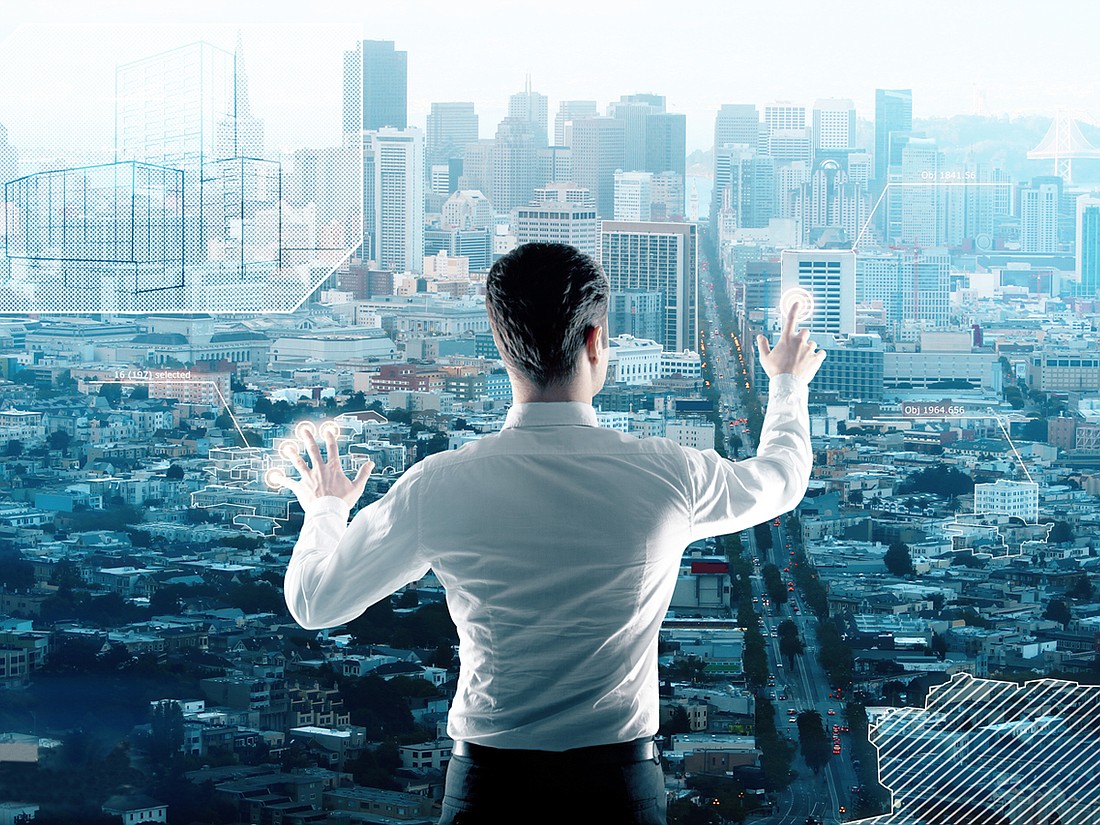The advancements in Virtual Reality are beginning to emerge as game-changers with more implications than traditionally imagined.
I experienced the Leasing side just last week when I had a property tour with a CEO and decision maker from the Northeast. Like this CEO, many CEOs take time off from work and spend money travelling and visiting potential office spaces. The current strategy is to locate prospect sites on MLSs and then schedule a list of property tours while navigating individual schedules. But, might there be a more efficient way to view space? Virtual Reality technology will reduce the inefficiencies of the leasing process. It will allow decision makers to narrow down their search to only legitimate contenders, saving time and money.
However, the implications will reach beyond commercial leasing.
Here are a few areas where VR Technology is already changing the game:
1. Marketing, Sales and Leasing - Brokers and Agents are able to differentiate themselves from their competitors to turn the focus on the user experience. An executive at our firm placed the VR goggles on and walked through a Penthouse unit for a new waterfront development. After stepping out onto the balcony ledge, he made a quick step back and said “wow, it's too real.” The Penthouse viewing experience was incredible. You can change features instantaneously - the flooring material and color, cabinetry, finishes, etc. You can also save those changes to review later. Along with residential, this feature can be utilized for commercial space as well, such as office, retail and restaurants.
2. Development and Planning - VR allows for a better, more efficient design. It allows developers the opportunity to see the bigger picture and focus on the details that matter, while saving time and money on details that will go unnoticed.
For mixed-use and urban projects with multiple buildings, the user is able to view the project with a fly-through approach. In a similar manner to changing the flooring designs in a residential unit, the software allows for changing building uses from retail to office to multifamily. Along with this, it brings the project to scale allowing the big questions to be answered. Questions such as “how does a nearby commercial property impact the neighboring public park?” or “does it make sense to build a multifamily high rise next to an office building?” While using the fly-through approach, you can land on the street as a pedestrian, walk through the high rise, take the elevator to any floor, as well as see how the neighboring properties impact the view and the ultimate feel of the space. This feature is comparable to a high quality video game for company decision makers. It even produces building shadows and different amounts of pedestrian foot traffic for different times of the day.
3. City Officials and Government - Cities are utilizing this technology for traffic flow planning. One main example is the on-going debate about roundabouts versus traffic lights. The technology allows planners to view the real time traffic flow in each scenario. The data entries used are the official traffic counts measured by FDOT, but the technology has the capability to increase the number of cars for future planning. To help the debate, you can follow a specific car around the town utilizing each example.
Ultimately, Virtual Reality is a great tool for maximizing time and designing better space.






